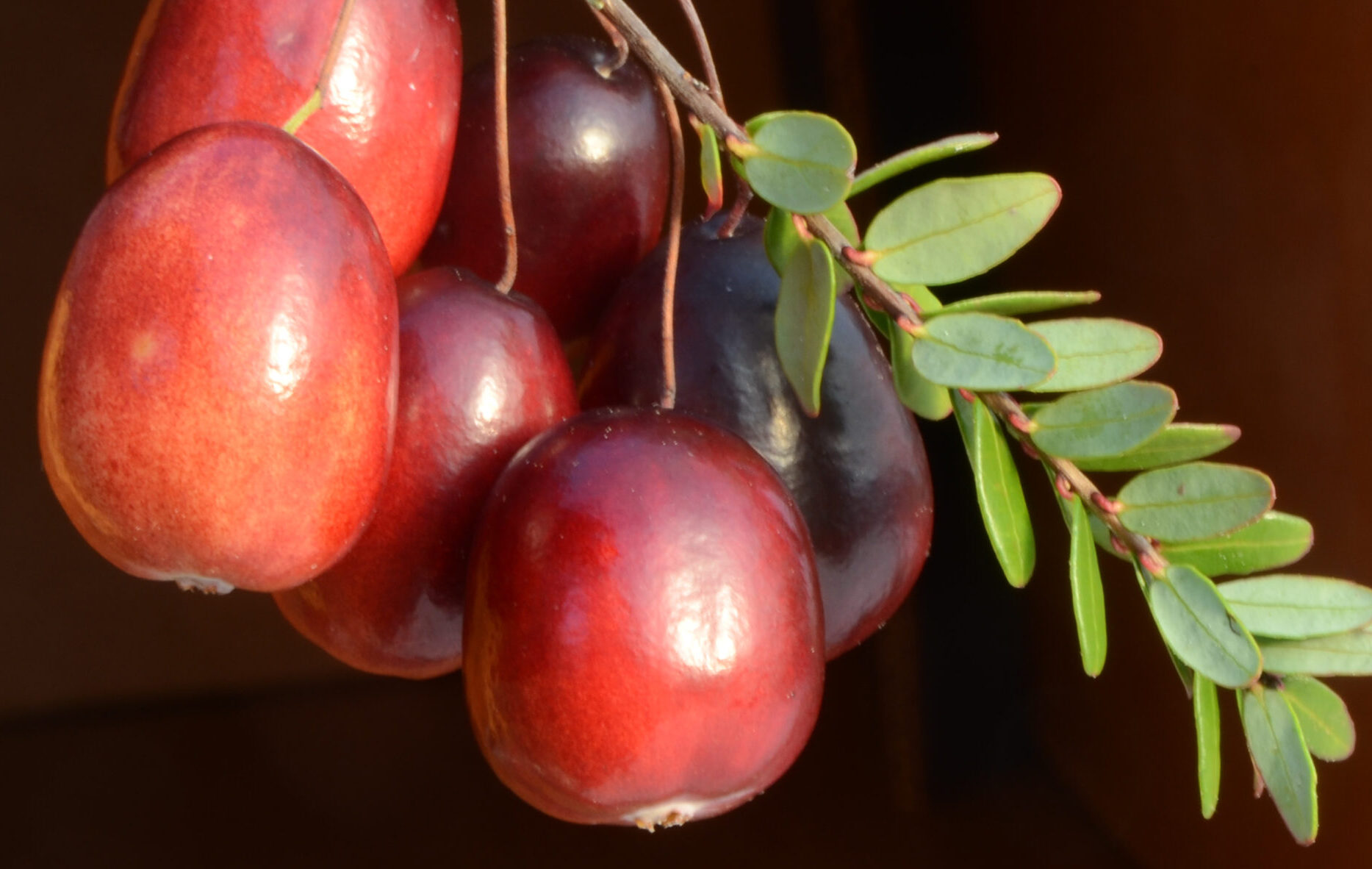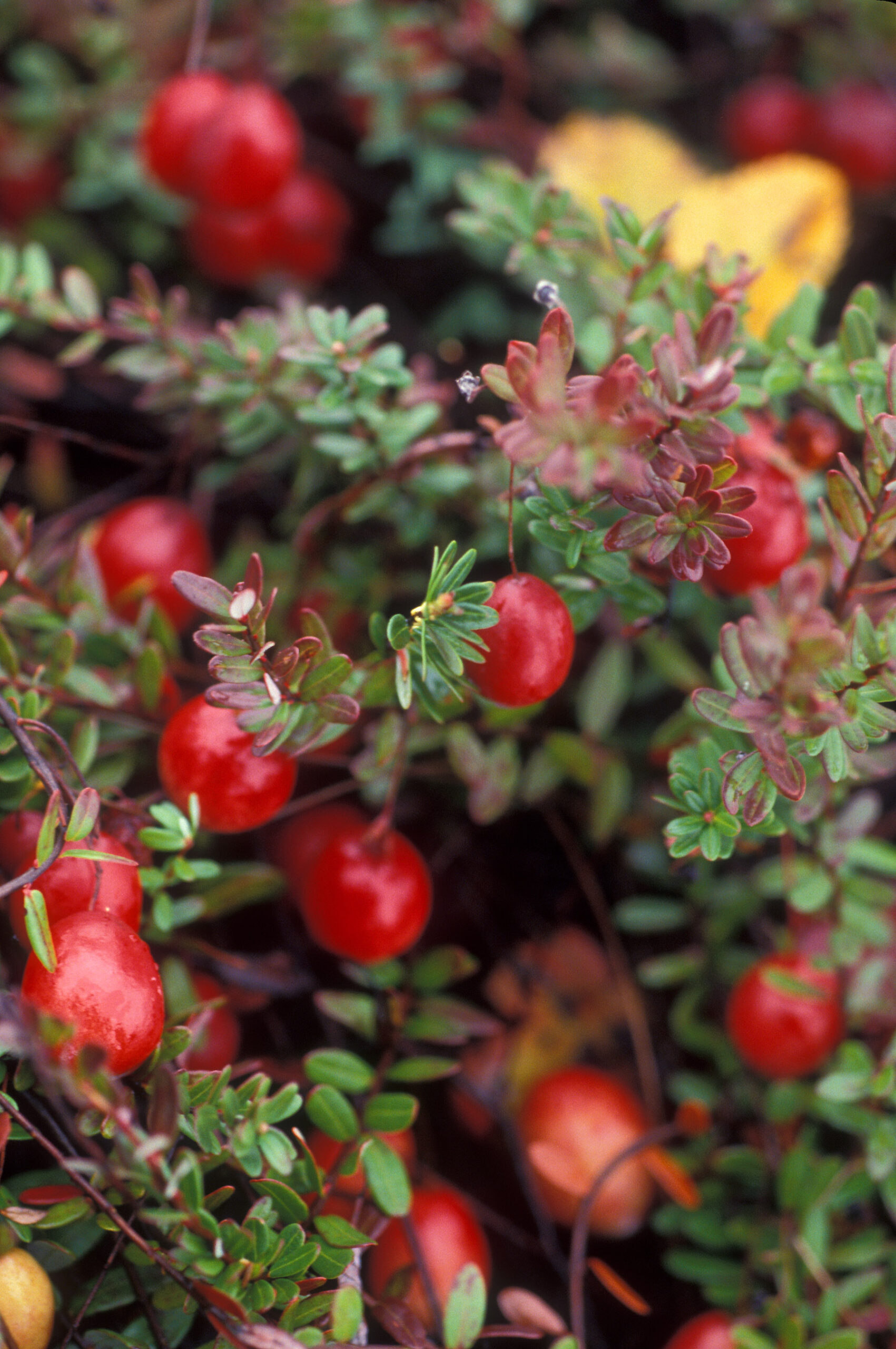Cranberry is recognized for its unique health properties, such as an ability to prevent urinary tract infections and its nature as a source of flavonols. The crop has a distinct place in the American food landscape, especially in association with fall and winter holidays.
The Agricultural Research Service (ARS) of the U.S. Department of Agriculture (USDA) focuses its cranberry breeding program on improving fruit yield and quality, resistance to fungal and viral diseases, and tolerance to environmental stresses. Two USDA-ARS laboratories focus on cranberry breeding and genetics. The program in the Vegetable Crops Research Unit in Madison, Wisconsin aims to develop useful genetic resources, identify and study traits for breeding, and develop other tools to broaden the knowledge base of cranberry. In Chatsworth, New Jersey, the location that imposes the greatest pressure for critical biotic (pests and diseases) and abiotic (e.g. temperature and drought) stresses, scientists in the Genetic Improvement for Fruits and Vegetables Laboratory seek to understand important traits such as heat stress tolerance and fruit rot resistance. ARS breeding efforts and genetics research involve close collaborations with plant pathologists, physiologists, weed scientists, and entomologists at the University of Massachusetts Amherst, the University of Wisconsin, and Rutgers University.






